Sorry, Tesla fans, there are better electric pickup options than the Cybertruck
Sometimes weird is just weird
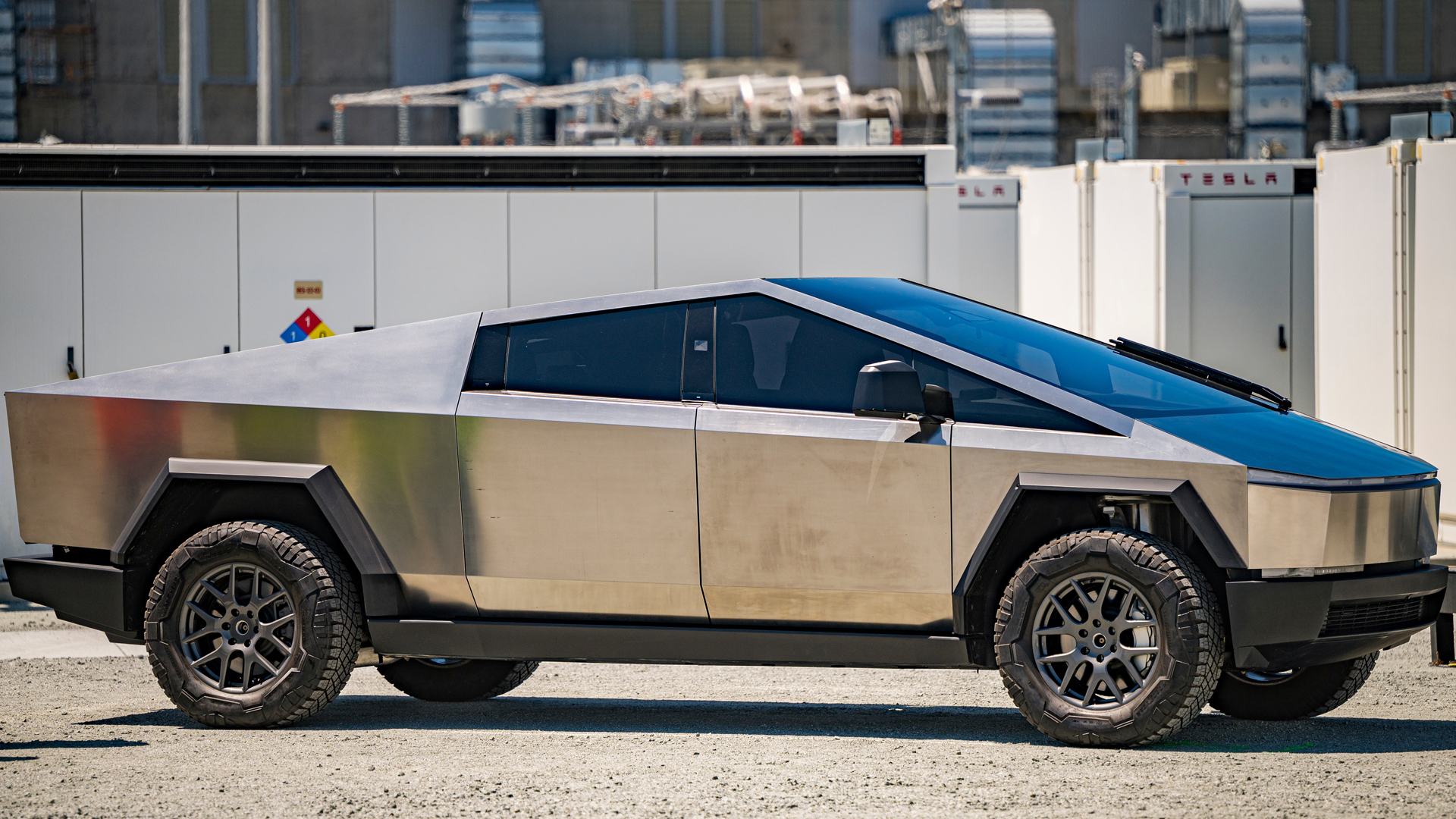
According to Tesla, the company’s Cybertruck will finally be delivered to initial customers on Nov 30 at an event in Austin, TX. The controversial battery-electric pickup truck announced back in 2019, has been marred with production delays, and many important details about it are still unclear, including the price, range, drivetrain, performance, and features. In addition, the Cybertruck’s design is extremely polarizing.
Regardless, the Cybertruck has managed to garner over 250,000 pre-orders, so obviously, interest is strong. As a satisfied, two-time Tesla owner myself, I have no doubt the Cybertruck will deliver excellent range, impressive performance, and superior tech – not to mention access to the Supercharger network. But I’ve also driven many other EVs, including two pickup trucks: Ford’s F-150 Lightning and Rivian’s R1T.
And I’m here to tell you that Ford and Rivian’s offerings are better electric pickup options than the Cybertruck – at least for now. Here’s why.
Tesla’s Cybertruck is still a big unknown
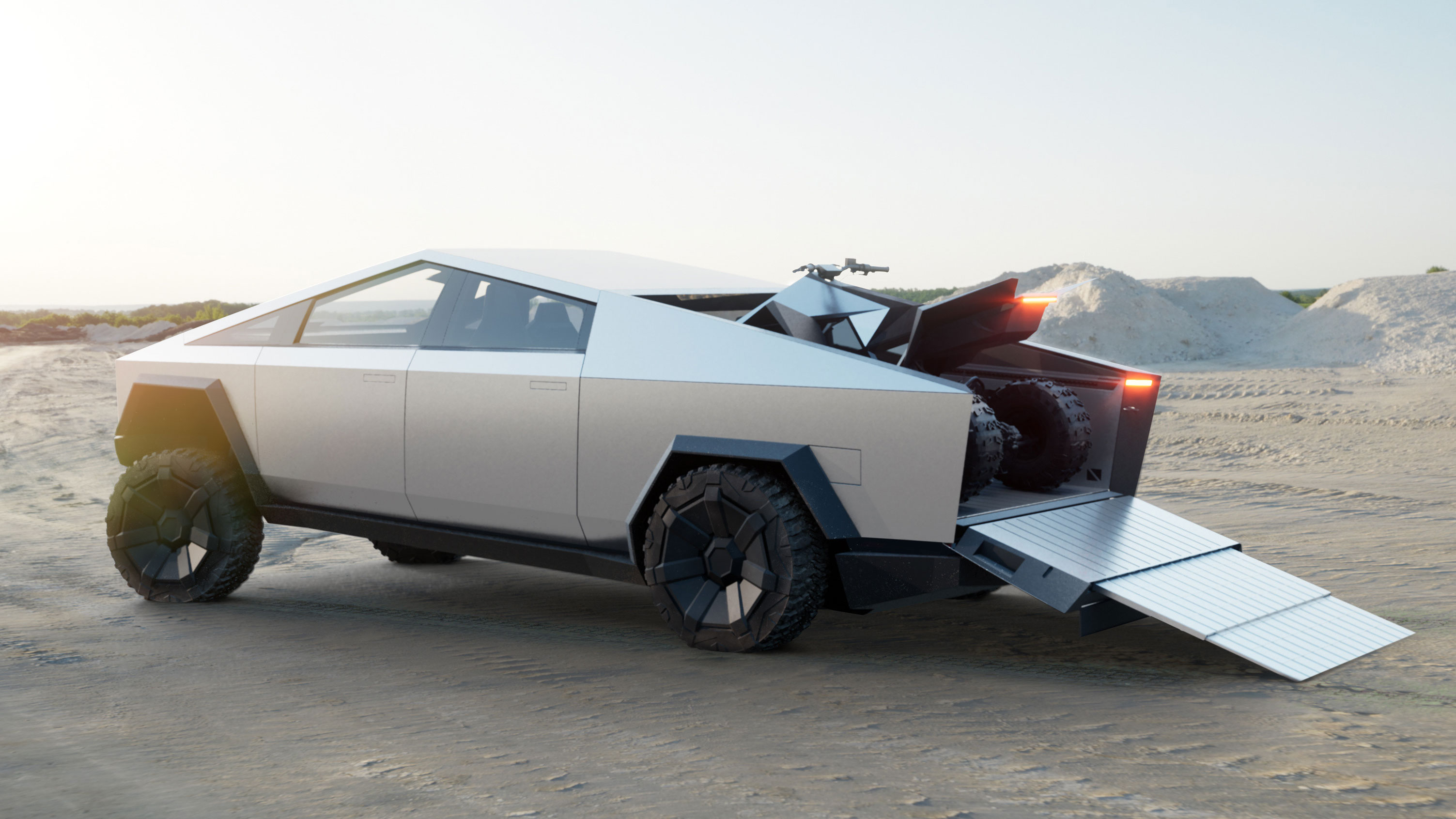
There’s no doubt the Cybertruck’s design is polarizing. You either love it or hate it. But if you can get past this EV’s controversial design, two questions come up: will the Cybertruck be a good Tesla, and will it be a good pickup truck? It’s really hard to say because right now, the Cybertruck is still a big unknown. Some things, like Autopilot / FSD and access to the Supercharger network, are a given, but what about the rest?
Here’s what we know so far. The Cybertruck is made of unpainted stainless steel body panels, lacks door handles, and uses a single, large windshield wiper. It also offers a frunk (front trunk) that appears to be smaller than Ford’s but possibly on par with Rivian’s. The 100 cubic foot (2800 liter) bed is covered by a rolling tonneau cover and includes a weather-tight compartment underneath, plus power outlets, and an air compressor.
Other features include the use of gigacastings for the EV’s front and/or rear structure, a fully independent air suspension, and four-wheel steering. The drivetrain is initially expected to consist of dual- and tri-motor AWD variants with a more affordable, single-motor RWD setup coming later. Battery capacity is unknown, but Tesla was targeting a 250 to 500-mile EPA range when the Cybertruck was revealed in 2019.
While performance estimates (0-60mph in 2.9 to 6.5s, depending on model) were also shared at the 2019 launch, the actual numbers are still up in the air. The Cybertruck’s interior appears to be a scaled-up version of what’s available in the recently refreshed Model 3, but with a larger, 17-inch center touchscreen. It packs a regular steering wheel (instead of a yoke) but lacks turn signal and gear selection stalks.
Get daily insight, inspiration and deals in your inbox
Sign up for breaking news, reviews, opinion, top tech deals, and more.
Payload capacity is expected to be 3,500 lbs (1,600kg) and towing capacity is between 7,500 and 14,000 lbs (3.4 and 6.4 tons). Pricing is unclear since the economy today is a lot different than it was in 2019 when Tesla announced a $39,900 starting price for the single-motor RWD version. Availability will probably be limited at first, especially since Cybertruck production won’t be ramping up until sometime in 2024.
The F-150 Lightning is Ford’s best F-150
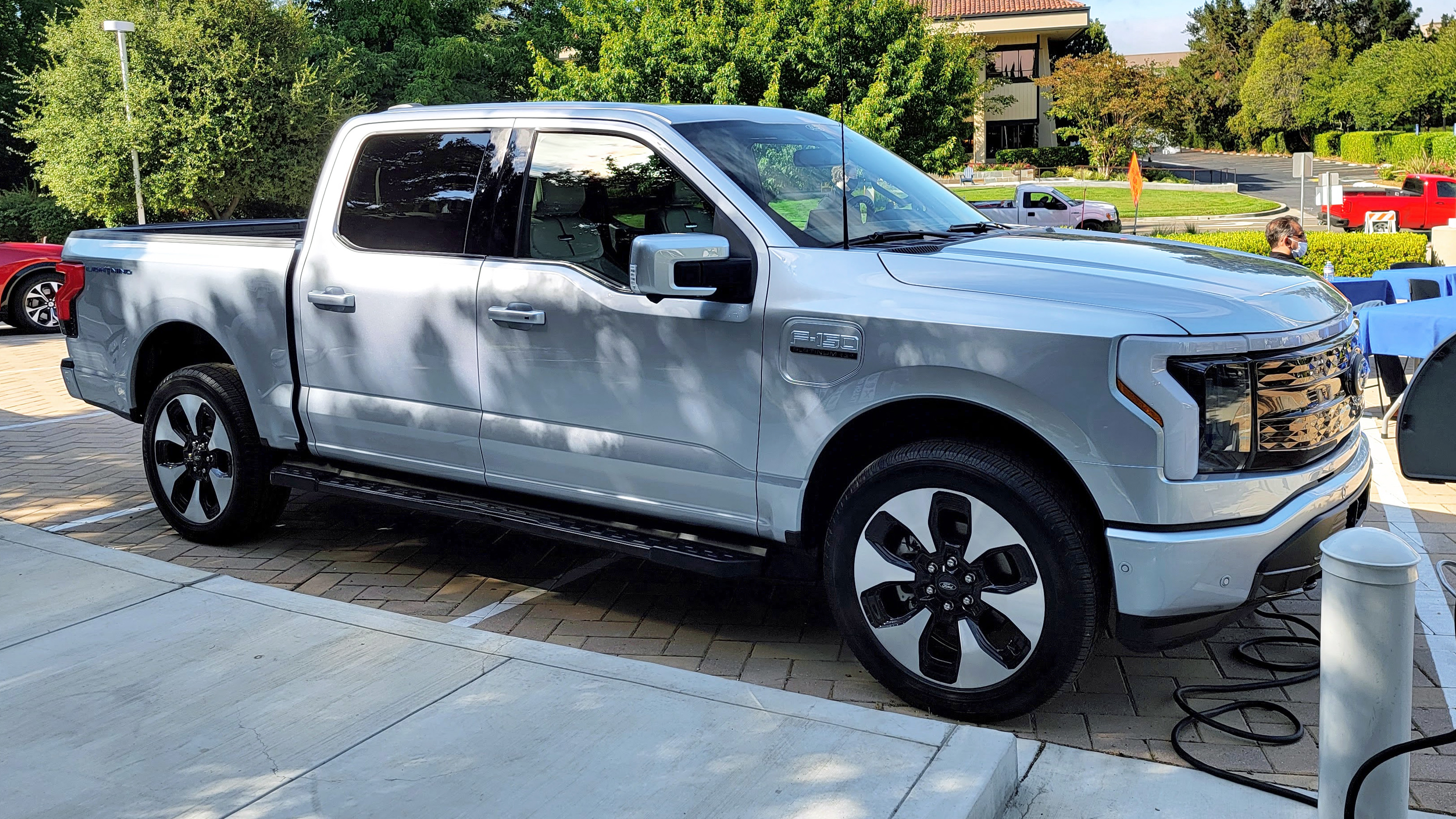
Consider this: Ford’s F-150 Lightning is as quick as the F-150 Raptor R (0-60mph in 3.7s). It also rides and handles better than any other F-150 thanks to an independent rear suspension. Then there’s the Lightning’s massive 14 cubic foot (396 liter) frunk which replaces the gas engine. It even includes a convenient drain plug, and features four 120V, 20A outlets, making it perfect for tailgating, or is that “headgating”?
These 120V sockets in the frunk complement what’s already available in the F-150 Hybrid, which includes one 240V, 30A outlet and two sets of 120V, 20A twin sockets in the bed, plus a couple of 120V, 20A outlets in the cab. In total, there’s a whopping 9.6kW of power on board, enough juice for the Lightning to power your home for up to 3 days in case of an outage. Ford even offers a bi-directional home charger for this purpose.
Speaking of charging, the F-150 Lightning offers an EPA range between 230 and 350 miles (depending on battery configuration) and will gain support for Tesla’s Supercharger network in 2024, plus a NACS (North American Charging Standard) connector in 2025. Payload capacity varies between 1,800 and 2,000 lbs (816 and 907kg), and towing capacity between 7,000 and 10,000 lbs (3.5 and 4.5 tons), depending on model.
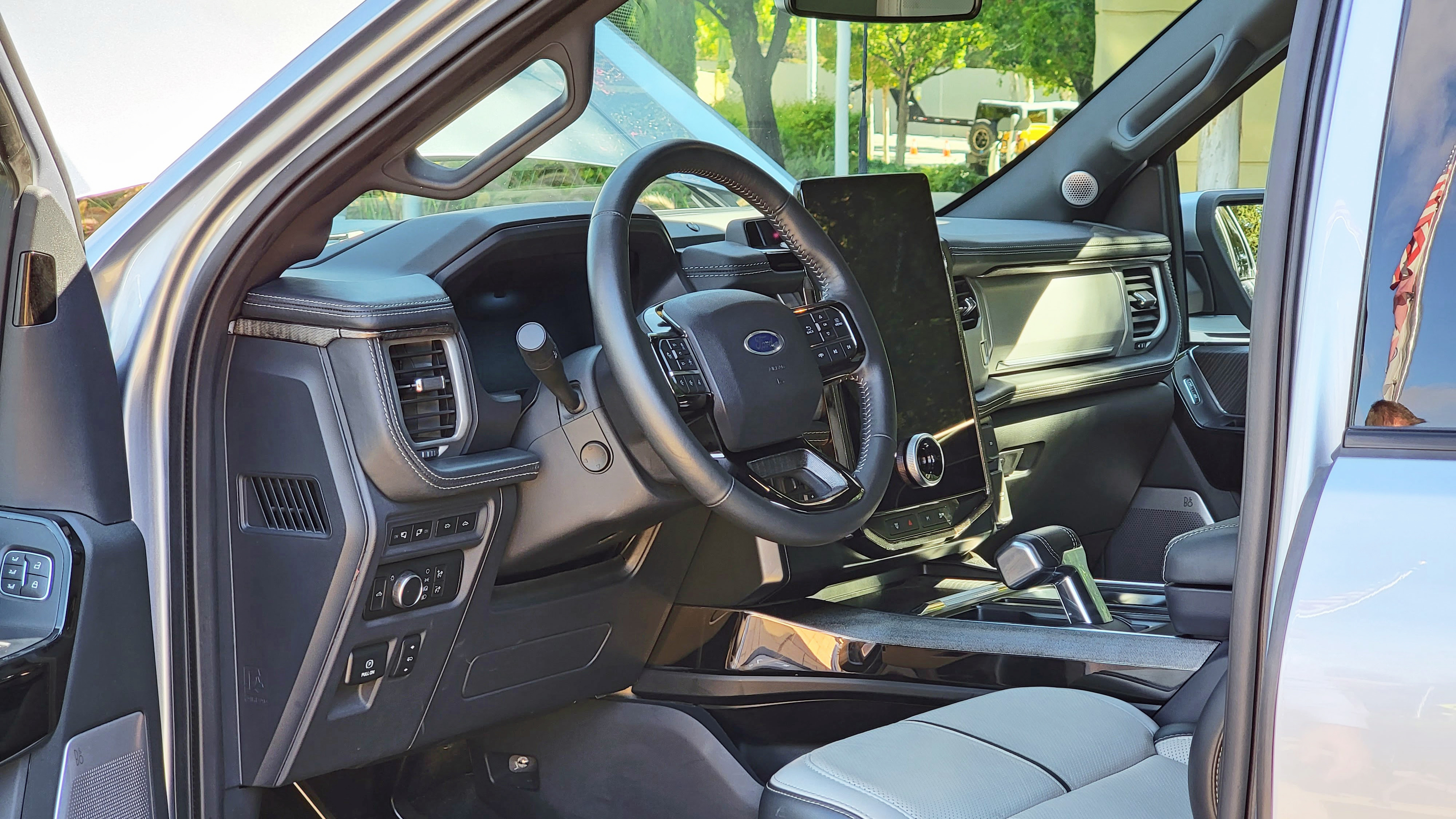
Overall, the F-150 Lightning is pretty much identical to its ICE (internal combustion engine) counterpart. It comes with the same SuperCrew (4-door) cab and 5.5-foot bed as most popular gas / hybrid models. This also means the trim levels are the same, the exterior is similar, and the interior is similar, with the same familiar layout and controls. As such, most F-150 accessories will fit the Lightning right out of the box.
Besides the obvious EV benefits like better performance, ride, and handling – not to mention the big frunk and expansive on-board power features – familiarity and compatibility are what really set Ford’s F-150 Lightning apart from other battery electric pickup trucks. With the Lightning, you get an EV that looks and functions pretty much like any regular F-150 and supports a wide range of existing accessories.
Plus you get a decent spattering of tech, including Ford’s BlueCruise hands-free Level 2+ ADAS (Advanced Driver Assistance System), and optionally, the volume knob-equipped 15.5-inch portrait infotainment display from Ford’s Mustang Mach-E. F-150 Lightning prices range from $59,090 to $100,090, depending on trim level, and all variants are dual-motor AWD. Just beware of dealer markups.
Rivian’s R1T is the swiss-army knife of EVs
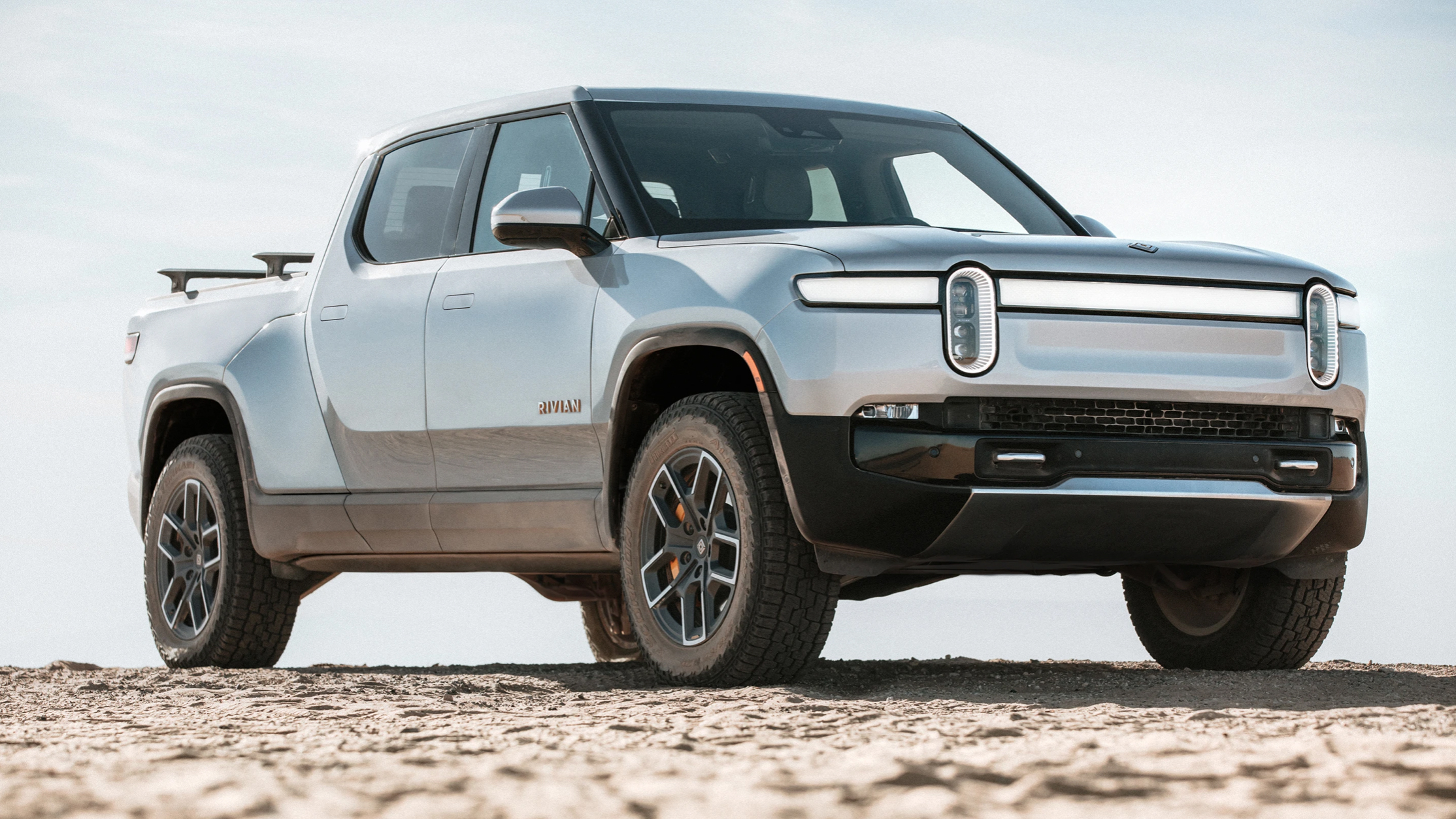
So you want the performance of a Porsche, the off-road capabilities of a Jeep, the comfort of a Mercedes, the tech of a Tesla – all rolled up into a pickup truck? Look no further than Rivian’s R1T. It does it all, and it does it really well. Basically, it’s the Swiss army knife of EVs. Performance is impressive (0-60mph in 3.0s), and so is the ride and handling, thanks to a fully independent air suspension and adaptive dampers.
The R1T offers up to 14.9 inches of ground clearance, which – combined with a 4.5-foot bed, a 1,760lbs (798kg) payload capacity, and an 11,000lbs (4990kg) towing capacity – make for a versatile pickup truck that’s slightly more compact (15 inches shorter) than Ford’s F-150 Lightning. And while the smaller R1T is easier to drive and park in urban areas, it doesn’t sacrifice interior space or cargo capacity.
Besides the bed – which is protected by an optional rolling tonneau cover, and features a weather-tight compartment underneath, plus twin 120V power outlets and an air compressor – the R1T boasts an 11 cubic-foot (311 liter) frunk under the hood and an 11.6 cubic-foot (328 liter) “gear tunnel” behind the rear seats. It’s accessible via drop-down panels located between the rear doors and rear wheels on either side of the bed.
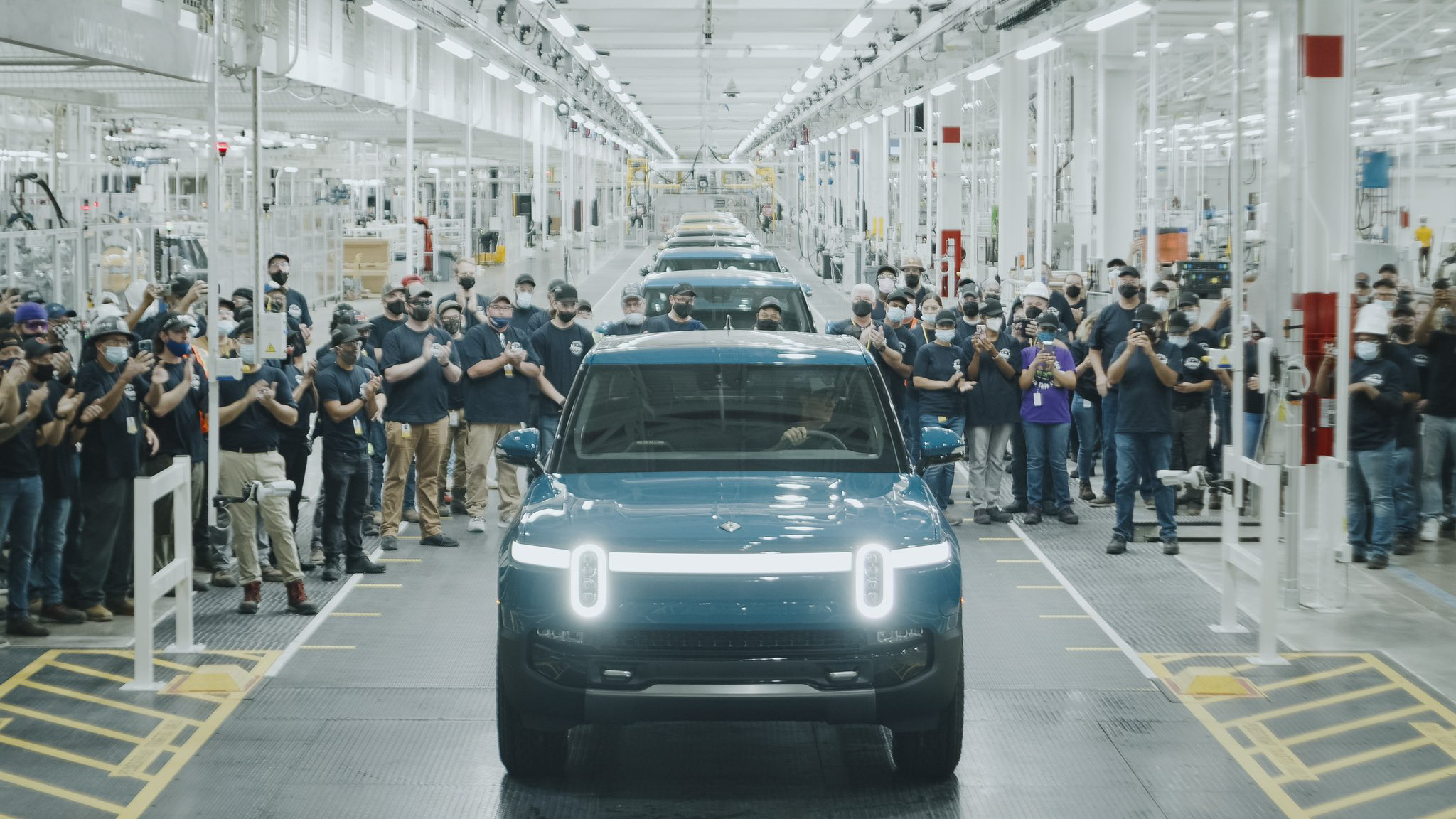
Design-wise, the R1T looks quite futuristic, but there’s no mistaking it for a pickup truck. And besides the amazing performance and acceleration – thanks to dual-motor and quad-motor AWD options – it drives incredibly well, both on- and off-road. While Ford’s F-150 Lightning retains the lazy truck-like steering that pick-up drivers expect, the R1T’s steering is surprisingly precise and communicative – more like that of a sports car.
As for the R1T’s interior, it’s modern, comfortable, and full of thoughtful touches. It comes with a flashlight hidden in the driver-side door and a removable Bluetooth speaker that slides into the center console. Build quality and materials are top-notch, and the R1T packs plenty of easy-to-use tech, including an infotainment system with a 15.6-inch landscape touchscreen that’s powered by Unreal Engine, plus Level 2+ ADAS.
On the charging front, the R1T delivers between 270 and 410 miles of EPA range (depending on battery size) and will get Tesla Supercharger access in 2024, plus a NACS connector in 2025. Like Tesla’s cars, the R1T is a software-defined vehicle that can be fully updated over the air and is sold direct-to-consumer, so you don’t have to worry about dealer markups. Prices range from $73,000 to $89,000, depending on model.
My takeaway
The Cybertruck is coming, and while we’ll find out more on Nov 30, availability will probably be limited at first, especially since production won’t be ramping up until sometime in 2024. So, assuming you aren’t repulsed by Tesla’s latest EV to begin with, it’s unlikely that you’ll take delivery anytime soon. The good news is that you don’t have to wait to join the world of battery-electric pickup trucks: there are better choices available today.
Ford’s F-150 Lightning and Rivian’s R1T are both extremely compelling options. I didn’t include the Hummer EV in this story because it’s impractical for most people – not to mention expensive. But if that’s what floats your boat, then go right ahead. And while more battery electric pickup trucks are on the way – like the Chevy Silverado EV and RAM 1500 EV – neither will be available anytime soon.
The Lightning is basically a Ford F-150 that happens to be an EV. Reduced towing range aside, it’s the closest thing to a regular ICE pickup truck. Meanwhile, Rivian’s R1T is an EV focused on adventure that happens to be a pickup truck. Both have their pros and cons, but regardless, both are fantastic battery electric pickup trucks.

Myriam Joire (tnkgrl) was born wearing combat boots and holding a keyboard. Moments later she picked up a soldering iron. On weekends, she rally-raced with her father. She's been stomping, typing, hacking, and driving ever since. After spending years being a code-monkey in the video game industry, she joined Engadget as Senior Mobile Editor and later Pebble as Chief Evangelist. Today she hosts the weekly Mobile Tech Podcast, makes videos on YouTube, writes about tech and cars for TechRadar and other major publications, and advises startups on product/media strategy. She's based in San Francisco.